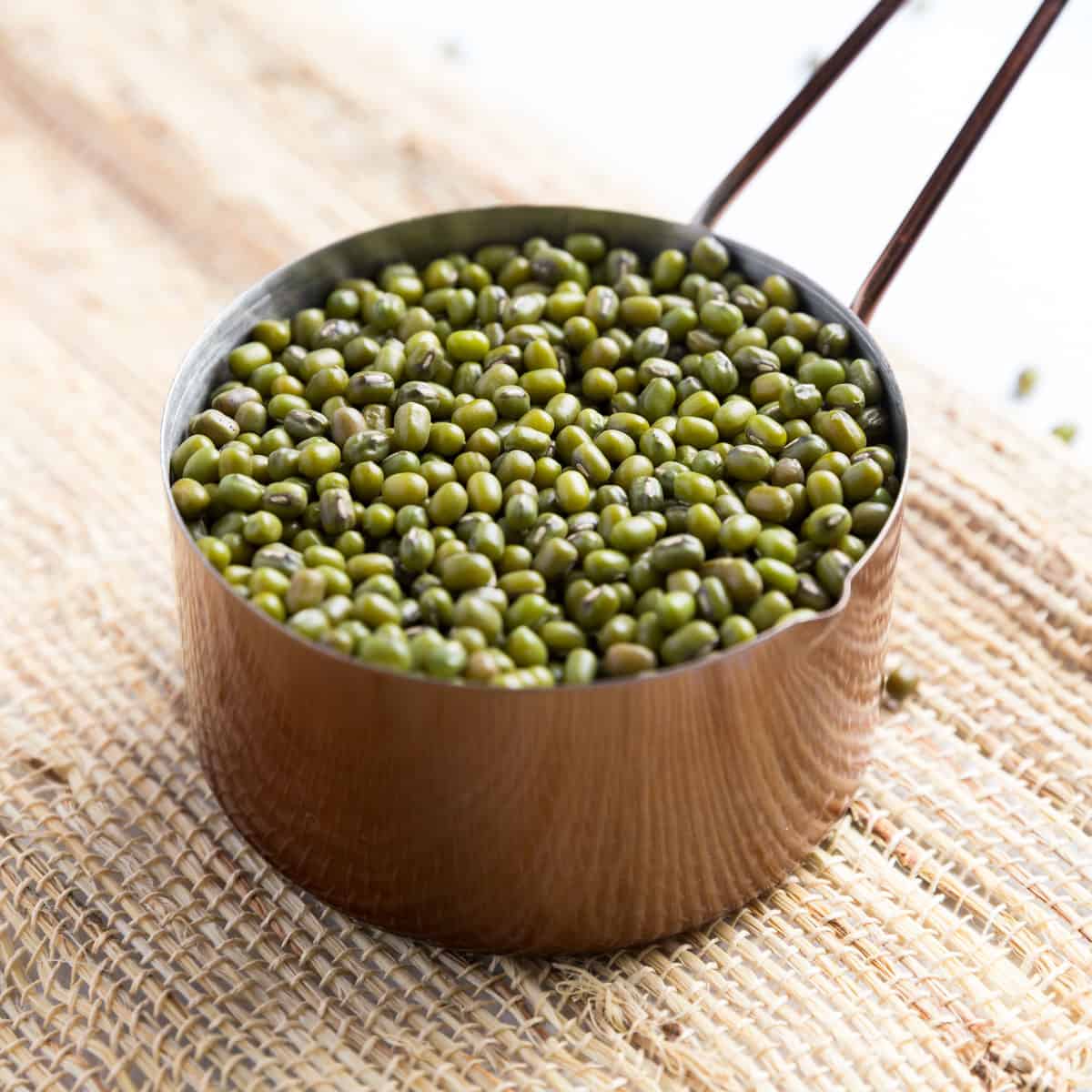Green legumes have been a staple in many cuisines around the world for centuries, yet they often remain underappreciated in Western diets. These small, verdant legumes are not only extremely versatile, but they also pack a powerful nutritional punch. From soups to salads, mung beans can easily enhance your meals while providing numerous health benefits. As an increasing number of people turn to plant-based diets, adding mung beans can be a fantastic way to improve both health and flavor.
Rich in essential nutrients, micronutrients, and proteins, mung beans can support a healthy lifestyle in various ways. They are reduced in calories and high in fiber, making them an excellent choice for anyone aiming to manage their weight. In addition, mung beans are recognized for their antioxidant properties, which can help protect the body from damage caused by free radicals. As the popularity of mung beans increases, many are turning to mung bean factories to access these nutritious legumes in different forms, from unprocessed beans to bean flour and germinated varieties.
Dietary Advantages of Mung Beans
These legumes are a powerhouse of nutrients, offering a wide range of health benefits. They are reduced in calories but high in protein, making them an ideal option for those looking to keep or lose weight while preserving muscle mass. With about approximately 24g of protein per cup, mung beans provide a vegetable protein source that supports muscle repair and growth. This has made them particularly favored among vegetarians and vegans.
Another noteworthy aspect of mung beans is their high fiber content. They are abundant in both soluble and insoluble, which aid in digestion and contribute to regulate blood sugar levels. The fibers in mung beans can foster a well-functioning gut, reduce cholesterol levels, and contribute to a feeling of fullness, preventing overeating. Incorporating mung beans into your meals can be an efficient way to improve overall gut health and boost satiety.
In addition to being a fantastic protein and fiber source, mung beans are loaded with necessary vitamins and minerals. They are rich in folate, magnesium, potassium, and vitamins B1, B2, and C. These components play crucial roles in various bodily functions, including energy production, immune support, and maintaining heart health. The content of antioxidants in mung beans also assists combat oxidative stress, promoting overall health and reducing the risk of chronic conditions.
Processing and Production of Mung Beans

The path of mung beans from field to plate begins with their growing in various regions around the world. Mung beans are cultivated in warm climates, and the harvesting process is crucial for preserving their standard. Farmers meticulously monitor the moisture content and timing of the gathering to make certain that the beans are ready and ready to be prepared. Once collected, the beans must be washed and classified to eliminate any contaminants and ensure uniformity in dimension and standard.
After cleaning, the mung beans undergo several production stages. A mung bean processing plant plays a vital role in this step, utilizing advanced machinery to automate and simplify the production process. The beans may be cooked to improve their flavor and digestibility, followed by drying to prolong storage duration. Additionally, some factories focus on producing split mung beans, which involve taking off the outer hull and splitting the beans in half, creating a popular ingredient for various dishes.
In conclusion, packaging is a crucial aspect of mung bean processing. The processed beans are carefully packaged to maintain quality and protect them from pollution. This guarantees that they reach customers in optimal condition. The final products, whether intact or split mung beans, provide a multi-functional ingredient for broths, salads, and a wide variety of meals, all while contributing remarkable health benefits to a nutritious diet.
Including Mung Beans in Your Meals
They prove to be multi-functional simple to add into many recipes. An easy approach to use them is to incorporating prepared mung beans to mixed greens. They add a delightful crunch and a boost of protein, which makes your salad richer and healthy. Combine them with fresh vegetables, herbs, and a light dressing to create a fresh dish.
A further great idea involves adding mung beans to soups and stews. Their subtle flavor complements other flavors. Once prepared, they become tender and can absorb the flavors of the broth. You can start with a base of vegetables and spices, then add the mung beans to create a satisfying dish packed with nutrients.
For those looking to explore international cuisine, mung beans are a staple in many Asian dishes. Consider making mung bean pancakes or stir-frying the beans with vegetables and spices for a tasty side dish. With mung bean supplier that provides mung beans close by, sourcing fresh beans becomes easy, allowing you to explore with different recipes and fully enjoy the health benefits of this extraordinary legume.
